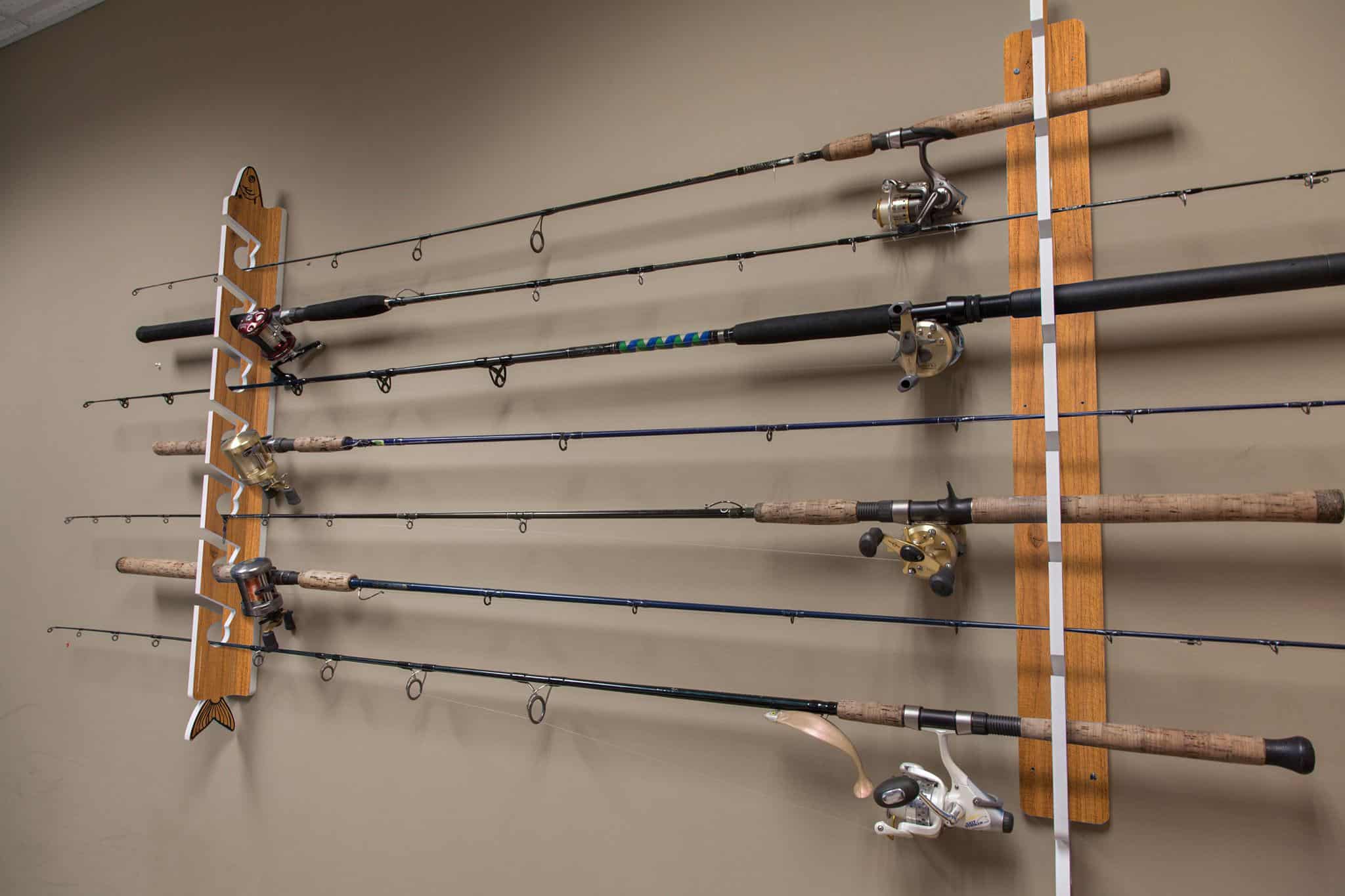

Articles
How To Store Fishing Rods
Modified: May 6, 2024
Learn the best techniques for storing fishing rods with our informative articles. Keep your fishing equipment organized and protected for years to come.
(Many of the links in this article redirect to a specific reviewed product. Your purchase of these products through affiliate links helps to generate commission for Storables.com, at no extra cost. Learn more)
Introduction
Welcome to the world of fishing! If you’re an avid angler or just getting started with this exciting pastime, you know how important it is to invest in high-quality fishing rods. Whether you have one or a collection of rods, proper storage is essential to protect your investment and ensure their longevity.
Fishing rods are not only valuable but also delicate. They can easily be damaged if not stored correctly. This article will guide you through the process of storing fishing rods properly, including cleaning and maintenance, choosing the right storage location, exploring different storage options, protecting rods during transportation, and storing them during the off-season.
By following these guidelines, you can protect your fishing rods from damage, avoid potential issues caused by improper storage, and ensure that they are in pristine condition whenever you are ready to hit the water. So, let’s dive into the world of proper fishing rod storage!
Key Takeaways:
- Proper cleaning and maintenance, choosing the right storage location, and utilizing rod racks are key to protecting fishing rods from damage and ensuring their longevity. By following these guidelines, anglers can keep their gear in optimal condition for many fishing adventures to come.
- When storing fishing rods during the off-season, anglers should prioritize regular cleaning, proper disassembly, and choosing a suitable storage location. By taking these steps, anglers can protect their rods from damage and ensure they are ready for the next fishing season.
Read more: How To Store A Fishing Rod
Proper Cleaning and Maintenance
Before we delve into the various storage options for your fishing rods, it’s crucial to emphasize the importance of regular cleaning and maintenance. Keeping your rods clean and well-maintained not only enhances their performance but also ensures their longevity.
The first step in cleaning your fishing rods is to remove any dirt, debris, or saltwater residue that may have accumulated during your fishing trips. Start by wiping down the rod with a damp cloth or sponge. Make sure to pay extra attention to the reel seat, guides, and handle, as these areas are prone to dirt buildup.
For saltwater rods, it’s highly recommended to rinse them with fresh water after each use. This will help remove any saltwater residue that can cause corrosion and damage. Gently remove any sand particles or grit from the guides using a soft brush or toothbrush.
Once the rod is clean and dry, inspect it for any signs of damage or wear. Check the guides for any cracks or loose inserts and make sure all the rod’s components are in good condition. If you notice any issues, it’s best to repair them promptly to avoid further damage.
Additionally, it’s essential to lubricate the reel periodically to ensure smooth operation. Use a small amount of reel oil on the moving parts, such as the bail arm and handle. Be cautious not to over-lubricate, as this can attract dirt and debris.
Lastly, always store your fishing rods in a cool and dry place to prevent moisture damage. Moisture can cause the rod’s components to deteriorate over time, leading to weakening and potential breakage.
By following these simple cleaning and maintenance practices, you can keep your fishing rods in optimal condition and ready for your next angling adventure.
Choosing the Right Storage Location
Now that you’ve learned the importance of cleaning and maintaining your fishing rods, it’s time to focus on selecting the right storage location. The ideal storage location should protect your rods from damage, prevent exposure to harsh elements, and provide easy accessibility.
First and foremost, it’s essential to choose a location that is dry and free from excessive humidity. Moisture can cause the rod materials to degrade over time, leading to weakened structure and potential breakage. Avoid storage areas such as damp basements, garages prone to leaks, or any place where humidity levels are high.
Furthermore, it’s important to keep your rods away from extreme temperatures. Extreme heat can cause the rod blanks to expand, while extreme cold can make them brittle. Choose a storage area that is climate-controlled or at least maintain a moderate temperature range throughout the year.
In addition to temperature and humidity considerations, it’s advisable to protect your fishing rods from exposure to direct sunlight. Prolonged exposure to sunlight can fade the rod’s colors and weaken the materials. Opt for a storage area that provides shade or use a rod cover or sleeve to shield them from harmful UV rays.
Another crucial aspect to consider is the security of the storage location. If possible, choose a place where your fishing rods are safe from potential theft or damage. Lockable storage cabinets, dedicated closets, or rod storage racks with secure mounting systems are excellent options to ensure the safety of your fishing gear.
Lastly, accessibility is key when it comes to storing your fishing rods. Look for a location that allows easy access to your rods whenever you want to use them. This will save you time and effort in retrieving and organizing your gear, making your fishing trips more enjoyable.
By selecting a storage location that is dry, temperature-controlled, protected from direct sunlight, and secure, you can ensure that your fishing rods are stored in the best possible conditions, extending their lifespan and readiness for your next fishing adventure.
Hanging vs. Horizontal Storage
When it comes to storing fishing rods, you have two primary options: hanging or horizontal storage. Both methods have their advantages and considerations, and the choice between them depends on the available space and personal preference.
Hanging storage involves suspending the fishing rods vertically from a rod rack or similar storage system. This method allows you to maximize vertical space, making it great for small storage areas or rooms with limited floor space. Hanging the rods also helps prevent potential bending or warping of the blanks, as they are supported evenly.
There are various rod racks available in the market, ranging from simple wall-mounted racks to more elaborate ceiling-hung or freestanding racks. Choose one that suits your needs and ensures secure support for your fishing rods.
On the other hand, horizontal storage involves laying the fishing rods flat. This can be done using horizontal rod racks, rod tubes, or rod cases. Horizontal storage is generally more space-consuming than hanging storage, as it requires a wider area to accommodate the length of the rods.
However, horizontal storage offers the advantage of providing better protection against accidental damage. Laying the rods flat eliminates the risk of the rods falling or being knocked over, which can occur with hanging storage. This method is particularly useful if you have valuable or delicate rods that you want to keep extra safe.
Furthermore, horizontal storage can be more convenient if you frequently use specific rods. With the rods laid out horizontally, you can easily identify and access the desired rod without having to remove other rods from a rack.
Ultimately, the choice between hanging and horizontal storage depends on your specific storage needs, available space, and personal preference. Consider the pros and cons of each method and choose the one that best suits your requirements and ensures the safety and accessibility of your fishing rods.
Store fishing rods in a vertical position to prevent warping. Use a rod rack or wall mount to keep them organized and protected from damage.
Using Rod Racks
When it comes to storing and organizing your fishing rods, rod racks are a popular and efficient solution. Rod racks provide a dedicated space to securely hold your rods, keeping them neatly organized and easily accessible for your next fishing excursion.
There are several types of rod racks available, each offering different features and configurations. Wall-mounted rod racks are a common choice, as they save valuable floor space and keep your rods off the ground. They typically consist of a bracket or frame with adjustable rod holders, allowing you to customize the spacing to accommodate different rod lengths and sizes.
Ceiling-mounted rod racks are an alternative option if you have limited wall space. These racks are designed to be attached to the ceiling, providing a convenient and space-efficient storage solution for your fishing rods.
If you have a larger collection of rods, freestanding rod racks may be the ideal choice. These racks are typically constructed with sturdy materials and come in various designs, including rotating racks, which allow easy access to different rods without taking up additional space.
When using rod racks, it’s important to consider the proper placement and installation. Make sure the rack is secured firmly to the wall, ceiling, or floor to prevent any accidents or damage. Pay attention to the weight capacity of the rack, especially if you have heavy or larger rods.
Additionally, it’s recommended to store your fishing rods with the reels facing downwards. This helps maintain the integrity of the rod blanks and prevents any potential stress on the rod tips. Most rod racks allow you to easily position the rods in this manner.
One advantage of using rod racks is that they often come with additional storage features. Some racks include built-in compartments or drawers to store fishing accessories like reels, tackle boxes, or extra line. This allows you to have all your fishing gear organized in one place.
Remember to periodically inspect your rod racks for any signs of wear or damage. Check that the rod holders are secure and functioning properly. Replace any worn or damaged components to ensure the safety and longevity of your fishing rods.
By utilizing rod racks, you can keep your fishing rods organized, protected, and easily accessible. Whether you opt for wall-mounted, ceiling-mounted, or freestanding racks, finding the right rod rack for your storage needs will help streamline your fishing gear management and ensure that your rods are always ready for your next angling adventure.
Read more: How To Store Fishing Rods In Garage
Protecting Rods During Transportation
Transporting your fishing rods safely is crucial to ensure they arrive at your fishing destination in optimal condition. Whether you’re traveling by car, plane, or any other means, taking the necessary precautions will help protect your rods from damage during transportation.
One of the most effective ways to safeguard your fishing rods during travel is by using a quality rod case or tube. Rod cases are designed to protect your rods from impacts, scratches, and other potential hazards. They typically feature a hard-shell exterior and padded interiors to provide maximum protection.
When choosing a rod case, make sure it is long enough to accommodate your longest fishing rod. It should also have secure closures, such as latches or zippers, to keep the rods in place and prevent them from sliding out during transit.
Before placing your rods in the case, it’s advisable to use rod socks or protective covers for each individual rod. These sleeves or covers provide an extra layer of protection and help prevent any accidental contact between rods that could lead to damage.
Once your fishing rods are securely packed in the rod case, consider how you will secure the case during transportation. If you’re traveling by car, ensure the case is placed in a secure location where it won’t shift or move around during the journey. It’s best to secure it using straps or bungee cords to prevent any potential sliding or tumbling.
If you’re traveling by airplane, it’s important to check with the airline about their specific policies for carrying fishing equipment. Some airlines allow fishing rods to be carried on as a carry-on item, while others may require them to be checked as luggage. In either case, make sure the rod case is properly labeled and marked as fragile to ensure careful handling.
During transportation, whether by car or plane, it’s essential to handle the rod case with care and avoid any rough handling or impacts. If possible, place the rod case in a location where it won’t be exposed to extreme temperatures, excessive humidity, or direct sunlight.
After reaching your fishing destination, inspect your fishing rods and rod case for any signs of damage. Check the rod blanks, guides, and reel seats for any potential issues. If you notice any damage, it’s best to have the rods assessed and repaired before using them again.
By investing in a high-quality rod case and taking proper precautions during transportation, you can protect your fishing rods from any potential damage and ensure they are ready to perform when you hit the water.
Storing Rods During the Off-Season
When the fishing season comes to an end or during extended periods when you won’t be using your fishing rods, proper storage is essential to maintain their condition and performance. Here are some tips for storing your rods during the off-season:
1. Clean and inspect: Before storing your fishing rods, it’s crucial to give them a thorough cleaning to remove any dirt, debris, or saltwater residue. Inspect the rods for any signs of damage, such as cracked guides or loose reel seats. Make any necessary repairs before storing them.
2. Disassemble if possible: If your fishing rods are multi-piece or collapsible, consider disassembling them for storage. This will help save space and reduce the risk of components getting tangled or damaged during storage.
3. Use rod covers or socks: To protect your rods from scratches or accidental impact, use rod covers or socks for each individual rod. These covers provide a layer of cushioning and prevent rods from rubbing against each other during storage.
4. Avoid extreme temperatures and humidity: When choosing a storage area for your fishing rods, opt for a location that is dry and moderate in temperature. Extreme heat or cold can damage the rod materials, while excessive humidity can lead to mold or mildew growth. A temperature-controlled space like a dedicated closet or a climate-controlled storage unit is ideal.
5. Store vertically or horizontally: The choice between vertical or horizontal storage depends on the available space and personal preference. If using vertical storage, make sure the rods are secured in a rod rack or similar storage system. If using horizontal storage, avoid placing any heavy objects on top of the rods, which can cause damage.
6. Protect the reels: Remove the reels from the fishing rods and store them separately. This helps relieve tension on the rod blanks and prevents damage to the reels. Clean and lubricate the reels before storing them in a dry, padded case or box.
7. Check periodically: During the off-season, it’s a good idea to periodically check on your stored fishing rods. Inspect them for any signs of damage, check the rod covers for potential wear, and ensure the storage area remains dry and free from pests.
By following these guidelines, you can ensure that your fishing rods are stored properly during the off-season, protecting them from damage and ensuring they are ready for the next fishing season. Taking the time to store your rods correctly will help extend their lifespan and maintain their performance for years to come.
Conclusion
Proper storage of your fishing rods is essential to protect your investment, maintain their performance, and ensure they are ready for your next fishing expedition. By following the guidelines outlined in this article, you can safeguard your fishing rods from damage and extend their lifespan.
Start by cleaning and maintaining your rods regularly, removing dirt, debris, and saltwater residue. Inspect your rods for any signs of damage and repair them promptly to prevent further issues. Choose a suitable storage location that is dry, climate-controlled, and secure to protect your rods from moisture, extreme temperatures, and potential theft.
The choice between hanging and horizontal storage depends on your available space and personal preference. Hanging storage maximizes vertical space and prevents bending or warping of the blanks, while horizontal storage provides better protection against accidental damage. Utilizing rod racks can help keep your rods organized and easily accessible.
When transporting your fishing rods, use a quality rod case or tube to prevent damage during transit. Secure the case in your car or mark it as fragile if traveling by plane. Handle the case with care to avoid any rough handling or impacts.
During the off-season, properly store your fishing rods by cleaning them, disassembling if possible, and using rod covers or socks. Choose a storage area that is dry, moderate in temperature, and protected from extreme conditions. Check on your rods periodically to ensure their condition and the storage environment.
By taking these steps, you can ensure that your fishing rods remain in excellent condition, ready for your next fishing adventure. Proper storage not only protects your rods but also enhances their performance, ensuring you can enjoy the thrill of angling for years to come.
So, take the time to store your fishing rods properly, and get ready to make lasting memories on the water with your well-preserved gear.
Now that you've got the scoop on storing fishing rods effectively, why not tackle the clutter in another part of your home? If your garage could use some tidying up, our upcoming article on the best garage storage solutions for next year is a must-read. Find practical advice on transforming your garage into a well-organized space, making it easier to find what you need and maximizing your area. Don't let disorganization hold you back from enjoying your hobbies and accessing your gear with ease!
Frequently Asked Questions about How To Store Fishing Rods
Was this page helpful?
At Storables.com, we guarantee accurate and reliable information. Our content, validated by Expert Board Contributors, is crafted following stringent Editorial Policies. We're committed to providing you with well-researched, expert-backed insights for all your informational needs.
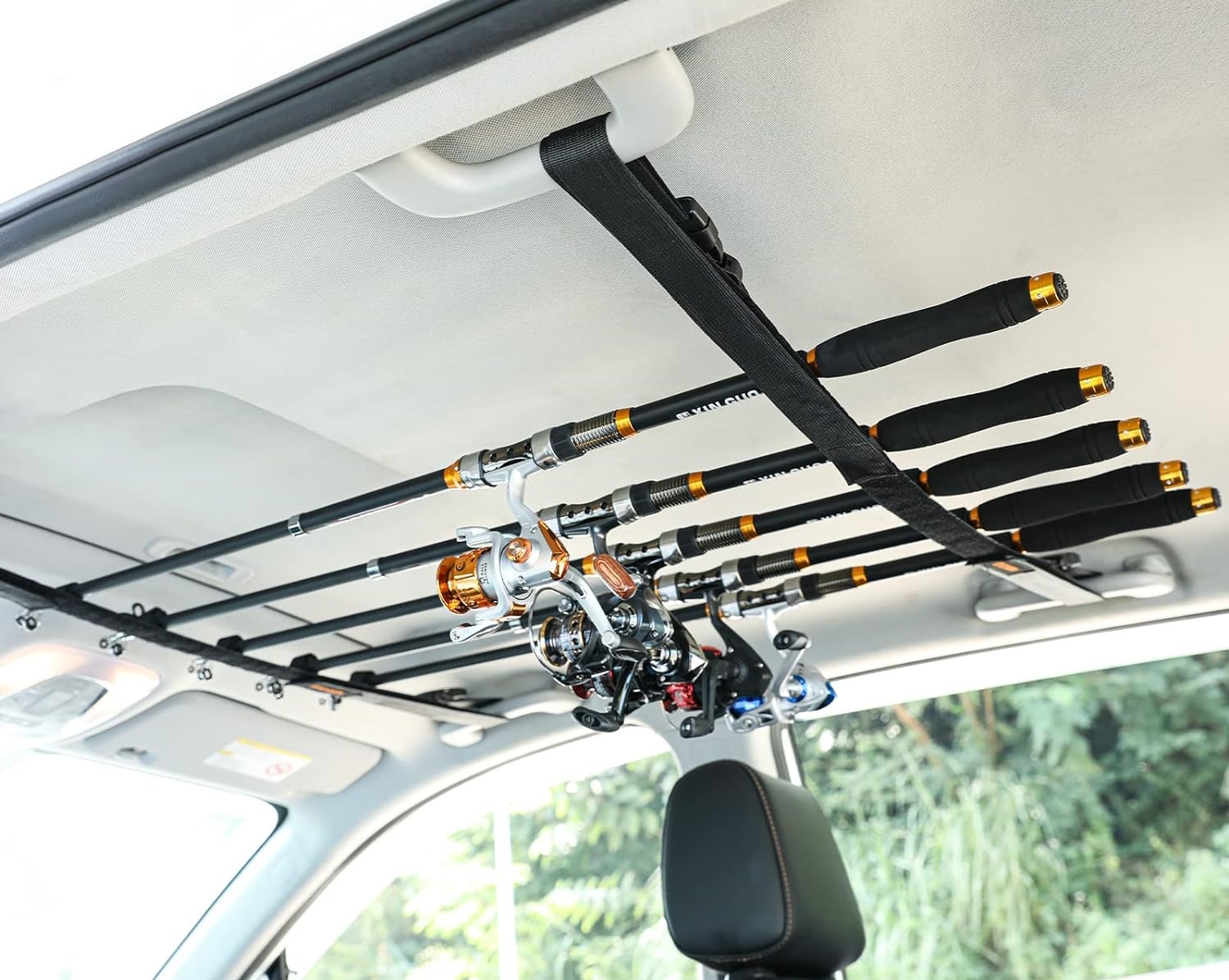
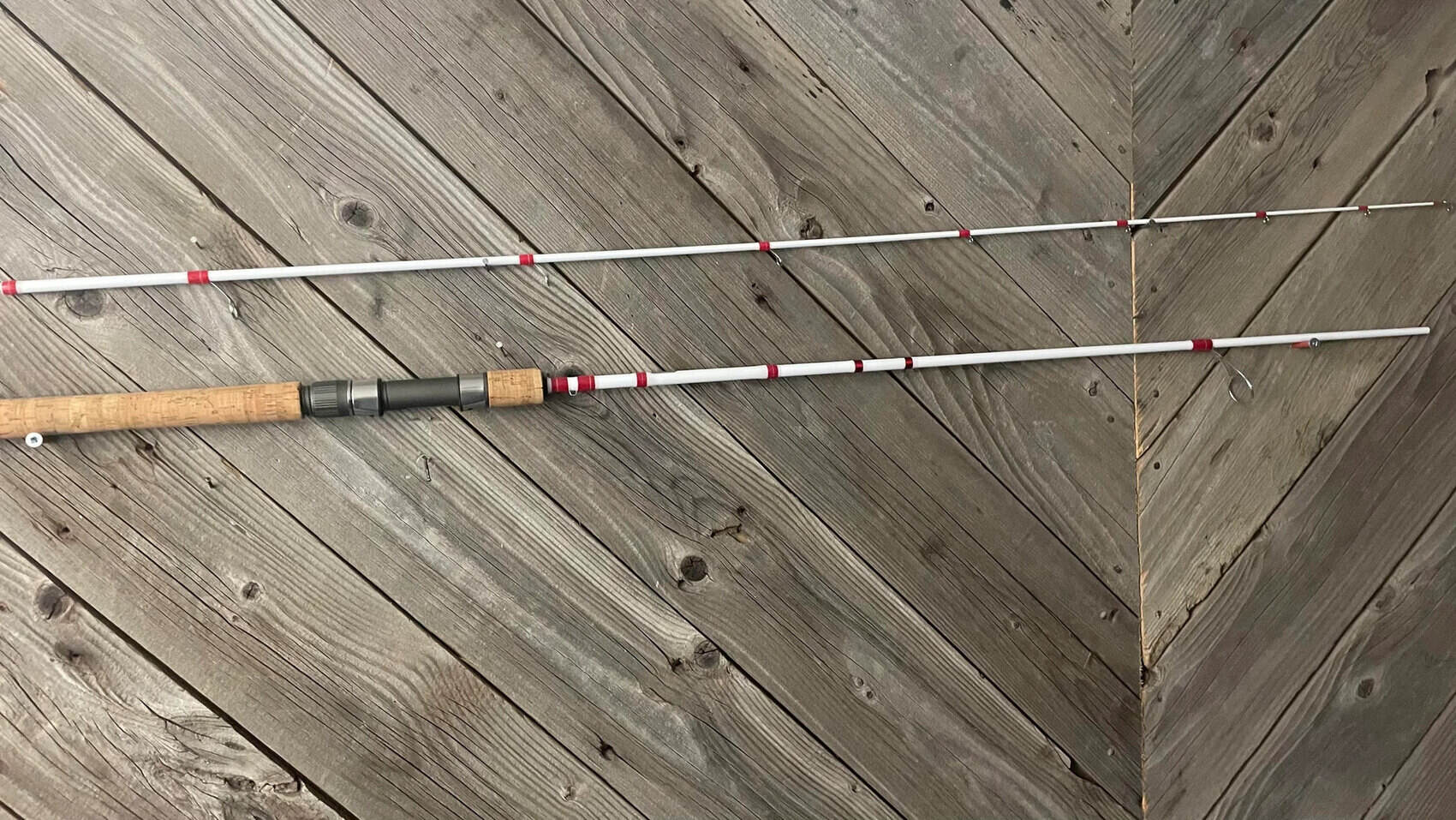
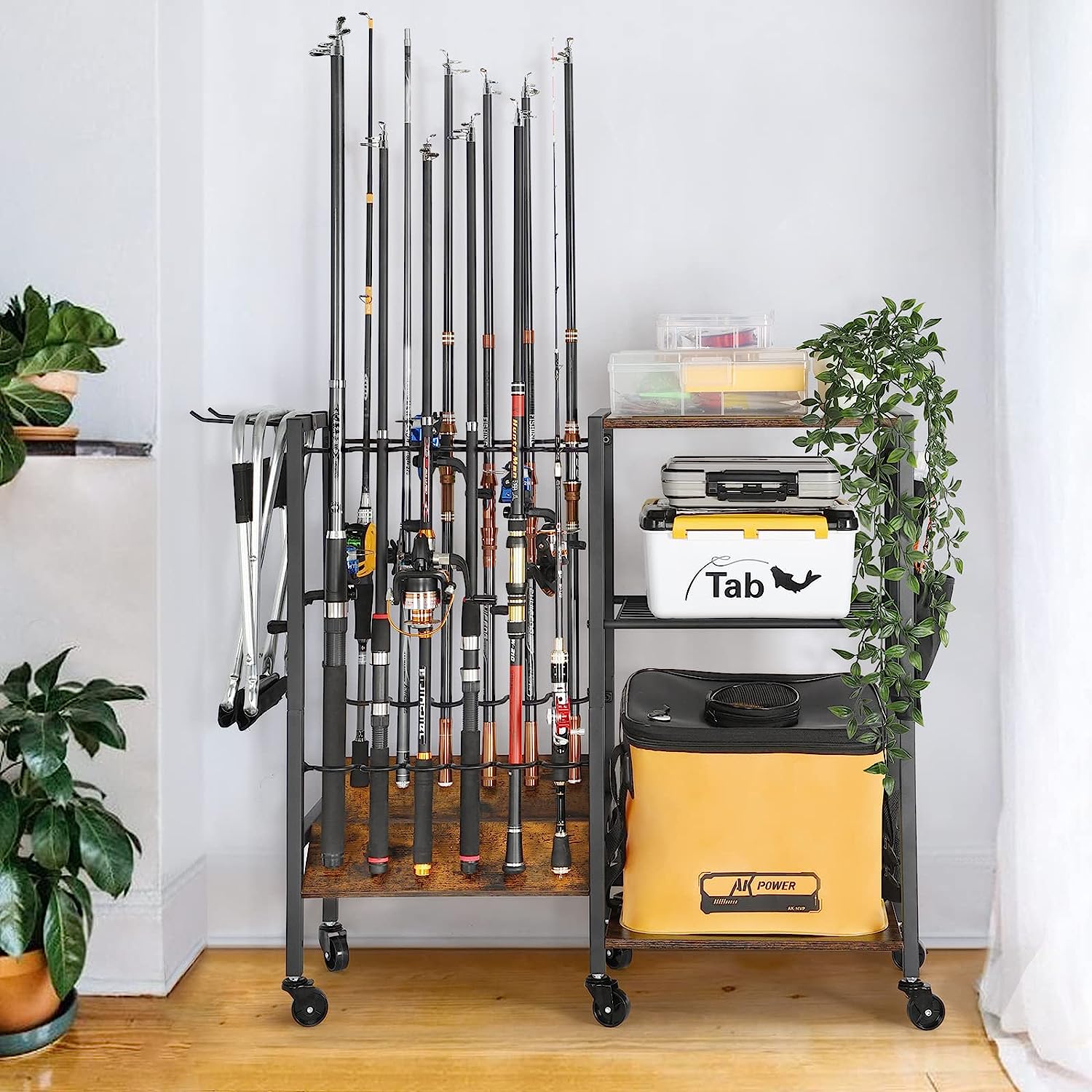
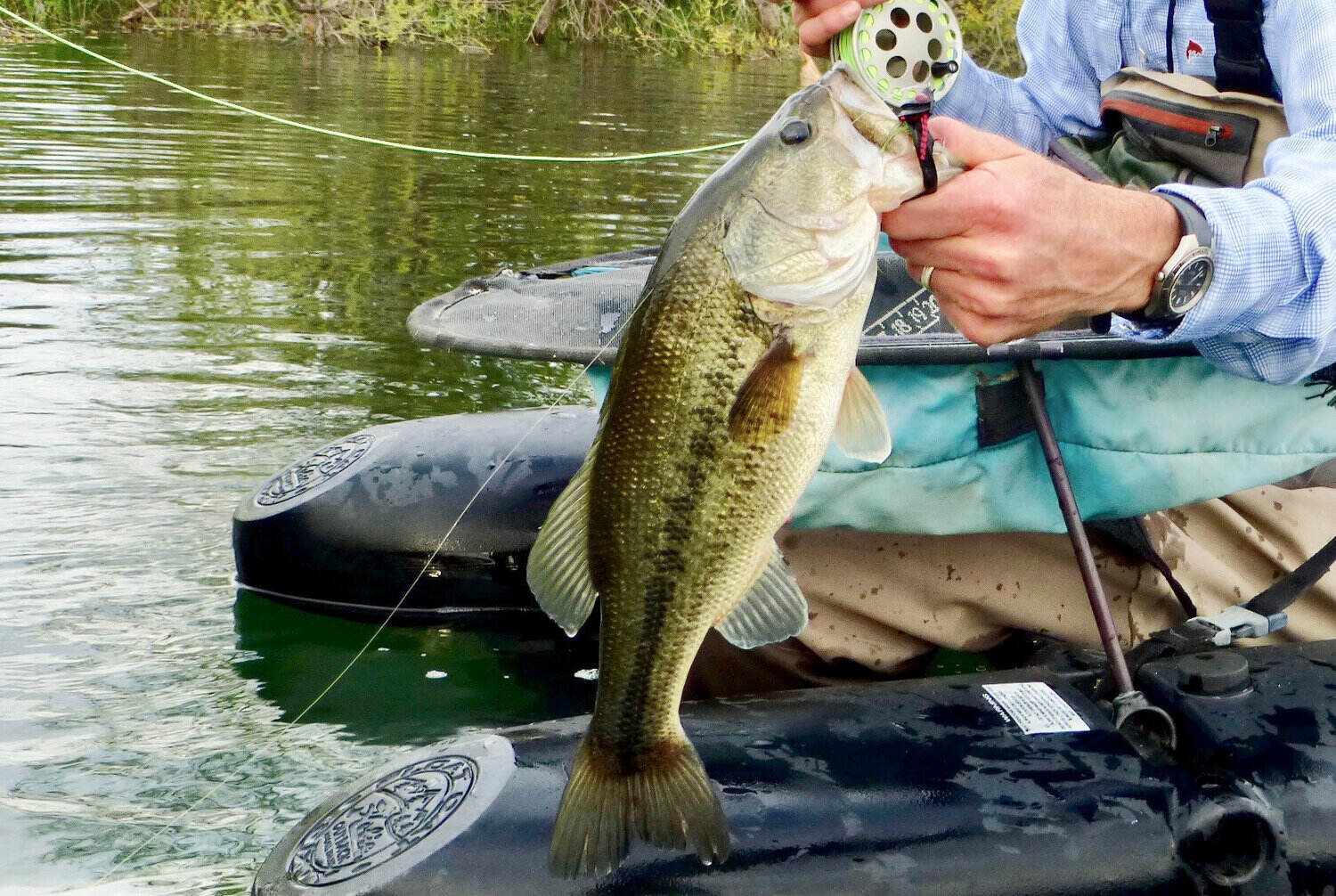

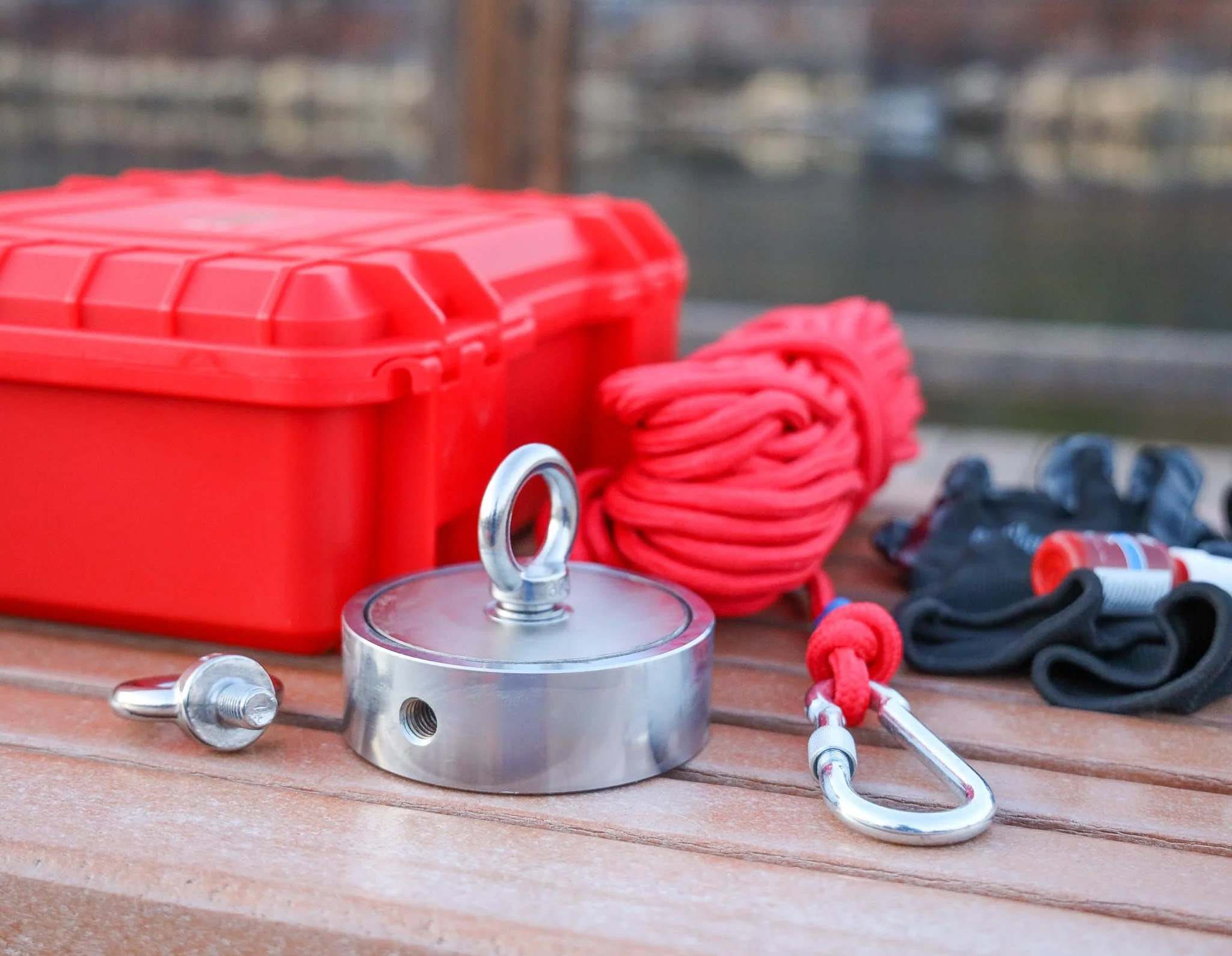



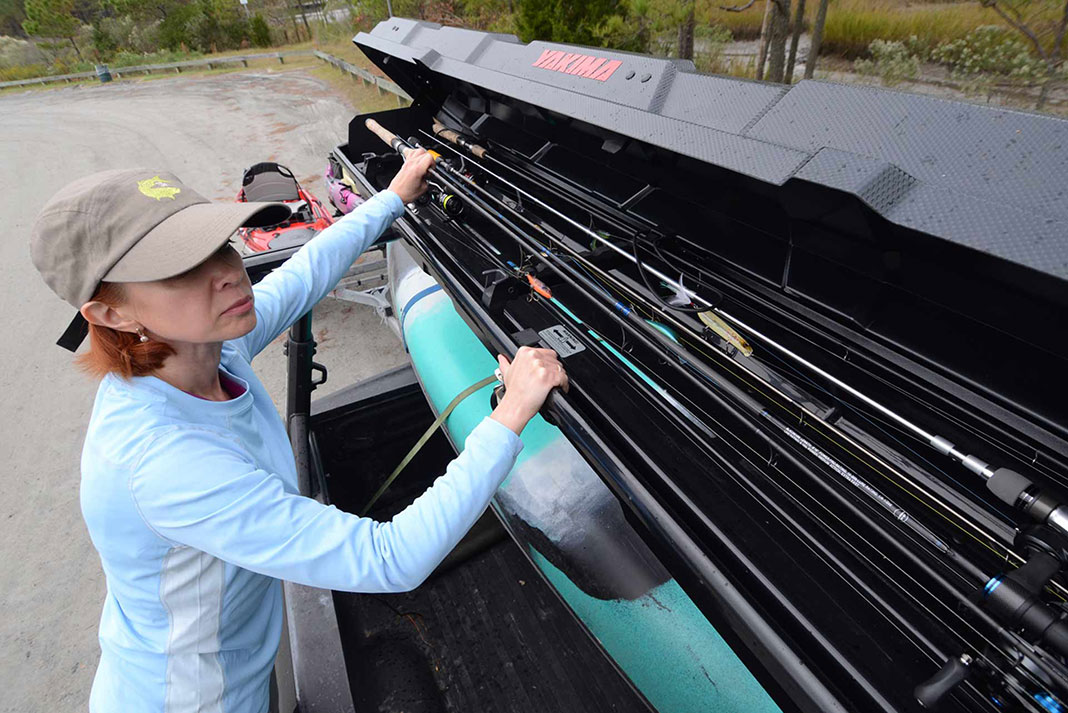
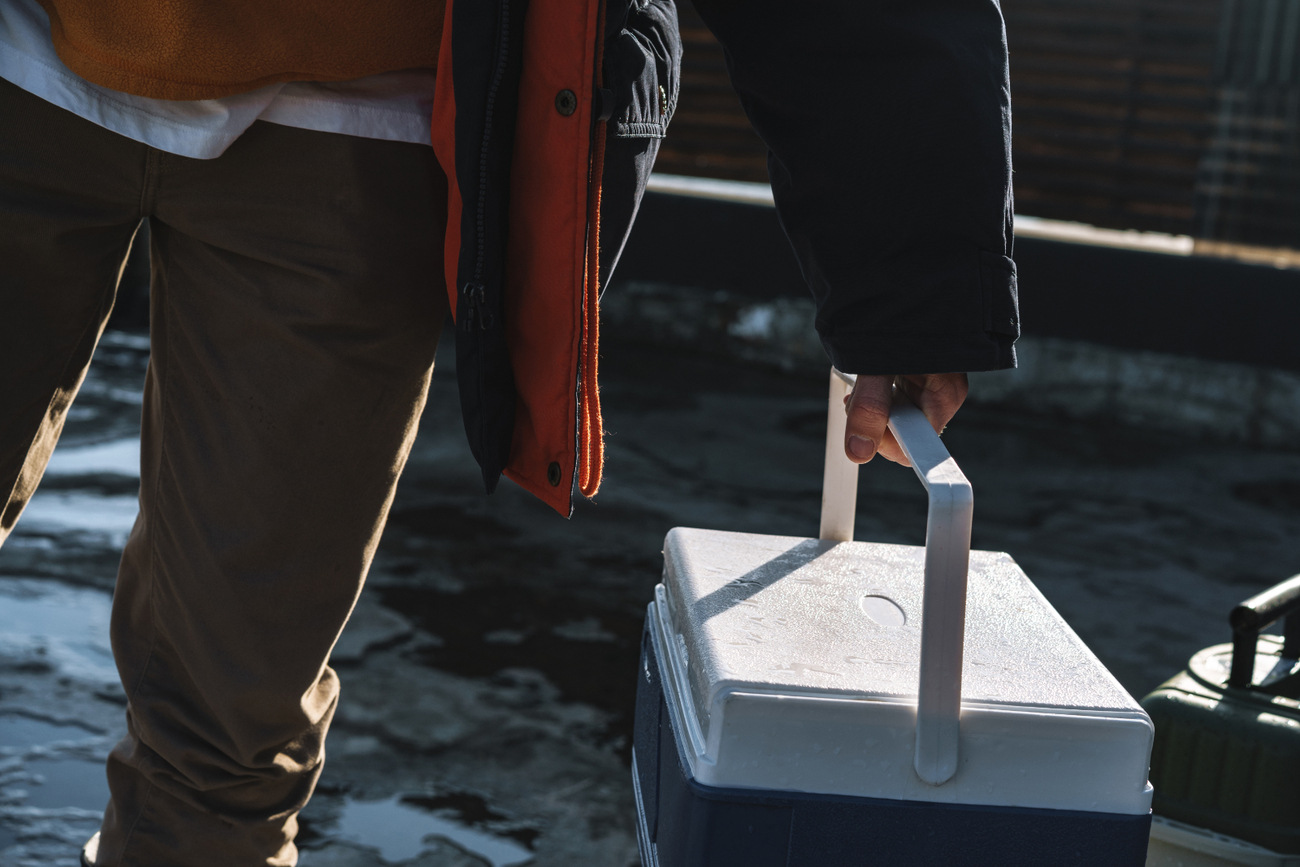

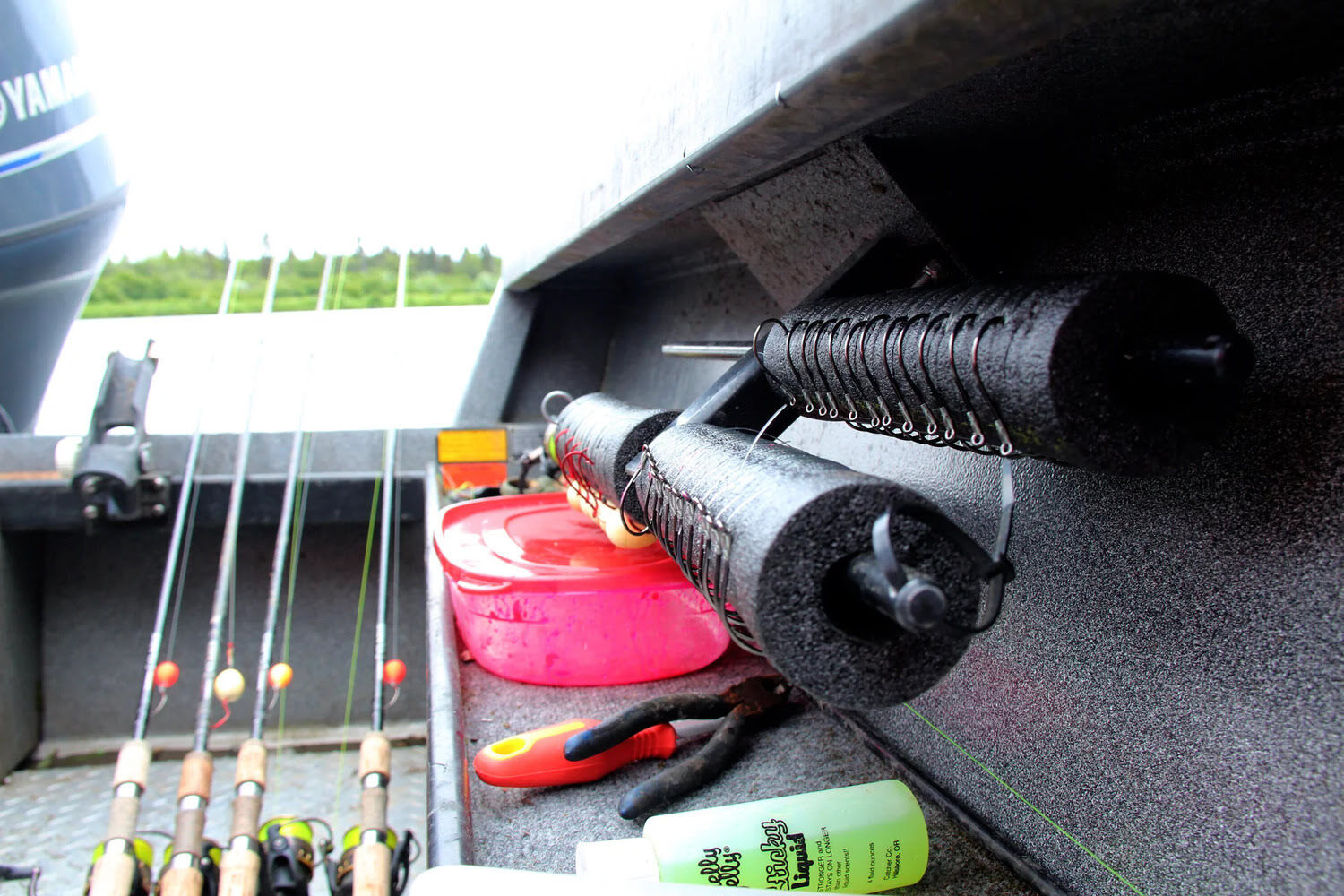


0 thoughts on “How To Store Fishing Rods”